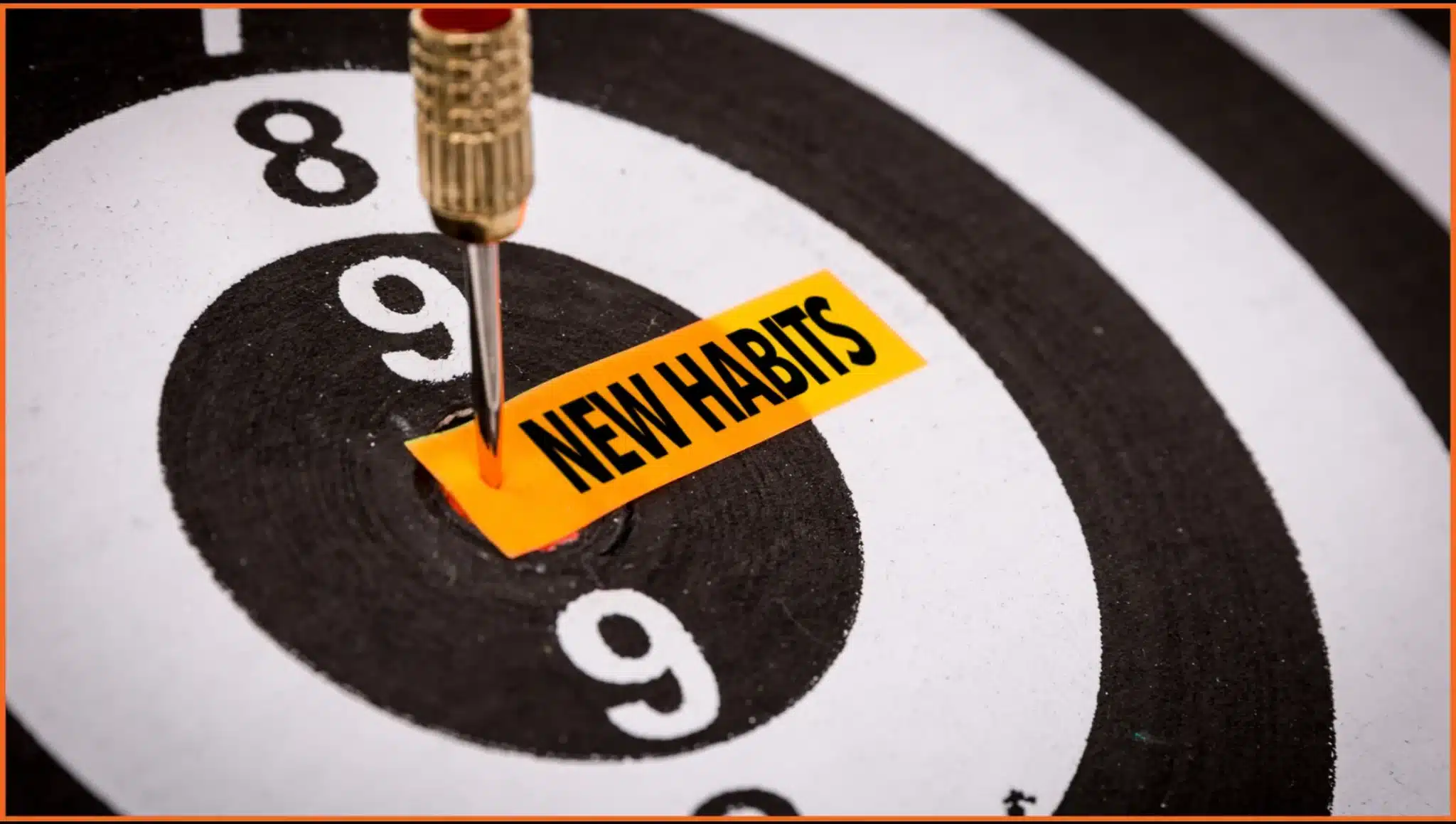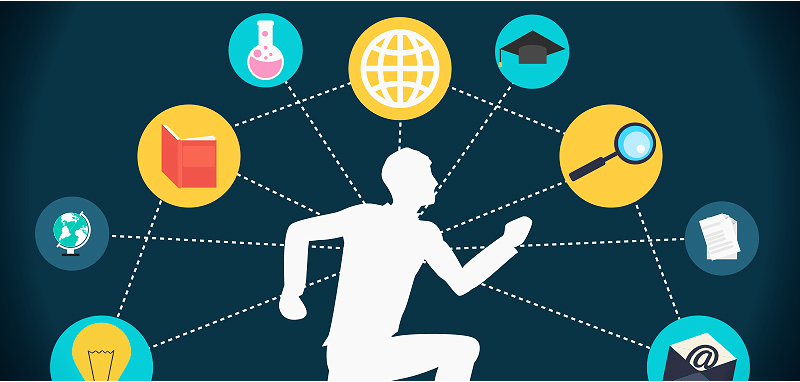A few years ago, I picked up Dale Carnegie’s How to Stop Worrying and Start Living almost on a whim. I was knee-deep in meetings, juggling shifting priorities, and navigating that quiet undercurrent of worry so many of us carry. What I expected to be a dated self-help book turned out to be one of the most relevant reads of my professional life.
What made this book stand out was its deeply human voice. Carnegie didn’t write it as an expert preaching from a podium. He wrote it as a fellow worrier trying to find some peace. His lessons, drawn from practical stories and tested techniques, apply just as much in today’s workplaces as they did in the mid-1900s.
Here are ten powerful lessons I took away from this book, each reframed through the lens of real workplace challenges and human-centered leadership.
1. Live in Day-Tight Compartments
Table of Contents
“Shut the iron doors on the past and the future. Live in day-tight compartments.”
This single idea has stayed with me more than any other. I often find myself mentally rehashing yesterday’s missed opportunity or spiraling over tomorrow’s uncertainty. Carnegie reminds us to close the mental doors to both and focus only on the present.
In workplaces that reward constant forecasting and postmortems, this advice feels radical. But I’ve seen it change the tone of entire teams when we choose to act with clarity in the moment rather than panic about what came before or what comes next.
Try this:
- Start each day with a statement: “Just for today, I will…”
- Pause for 60 seconds of deep breathing between meetings
Takeaway: Build mindfulness habits into leadership training. Micro-practices improve awareness and emotional regulation. See Mindfulness at Work for more.
2. Define the Problem Clearly
“A problem well-stated is a problem half-solved.”
This has reshaped how I coach and facilitate. Most people are trying to solve the wrong thing. We confuse symptoms with root causes, especially when emotions run high. I have seen teams spend weeks fixing surface issues without ever questioning what the real problem was.
Try this:
- Ask: What exactly am I worried about? What are the facts?
- Use Carnegie’s 4-step method: define, diagnose, explore, decide
Takeaway: Train teams to slow down and define challenges before reacting. Better problem clarity reduces emotional overwhelm. Check out Critical Thinking to build this mindset.
3. Get Too Busy to Worry
“If you are busy, you will forget to worry.”
It sounds overly simple, but I’ve seen it work. Action displaces anxiety. When I have a full day planned with meaningful tasks, the background hum of worry fades. Carnegie isn’t suggesting we bury our heads in work. He is saying, give your mind something better to focus on.
Try this:
- Break big goals into three small, achievable tasks each day
- Use focused time blocks with breaks, like the Pomodoro method
Takeaway: Link productivity with purpose. Show teams how flow states can reduce stress while boosting creativity.
4. Do Not Let Small Things Drain Big Energy
“Life is too short to be little.”
I have watched meetings derail over minor miscommunications. I have seen entire team cultures turn toxic because someone held onto a grudge. Carnegie reminds us to let go of what does not matter in the long run.
Try this:
- Ask: Will this matter 90 days from now? If not, give it no more than 10 minutes
- Host “Let it go” moments weekly where teams air out and release frustrations
Takeaway: Build empathy and conflict-resolution skills into culture-building efforts. See Conflict Management for practical modules.
5. Accept What You Cannot Control
“Cooperate with the inevitable.”
This lesson is especially valuable when organizations go through rapid change. We often resist the uncomfortable. But resistance uses up energy that could be spent adapting.
I once facilitated a session for a team undergoing a major reorganization. The breakthrough came not from fixing the change, but from naming what they could not control and accepting it.
Try this:
- Use a circle-of-control exercise to focus only on what is actionable
- Repeat this mantra: “Let me focus on what is mine to manage today”
Takeaway: Build acceptance-based resilience. Explore Managing Change to help teams navigate uncertainty without burnout.
6. Put a Limit on Worry
“Decide how much anxiety a thing is worth, and refuse to give it more.”
This has become one of my favorite tools. Carnegie borrowed the idea from financial stop-losses. Set a mental boundary and stick to it.
Try this:
- Time your worry. Set a 5-minute timer, let your thoughts run wild, then move on
- Write down a thought that’s stuck in your head, then physically throw it away
Takeaway: Teach emotional agility. Leaders need to be able to pause, pivot, and reframe. See Emotional Intelligence for deeper learning.
7. Choose Positive Thinking Intentionally
“Our thoughts make us what we are.”
This isn’t about toxic positivity. Carnegie is careful to say that choosing a more constructive outlook isn’t about denying reality. It is about where we choose to dwell.
Gratitude and recognition have tangible impacts. In fact, I have seen disengaged teams re-energize just by starting meetings with “one win and one thank you.”
Try this:
- Begin team calls with “One positive from this week”
- Keep a private or public gratitude journal
Takeaway: Infuse positivity rituals into leadership behaviors. Recognition is free, but its impact is lasting.
8. Take One Step at a Time
“Do the next thing.”
When goals feel too big, I freeze. It’s not that I do not want to act. It is that I don’t know where to start. Carnegie’s advice is a gentle nudge toward momentum.
Try this:
- Pick the smallest next step and complete it
- Limit to-do lists to three priorities daily
Takeaway: Teach focused execution, not just goal setting. Reflection and daily planning can reduce anxiety and build traction.
9. Practice Gratitude as a Leadership Habit
“Count your blessings, not your troubles.”
Gratitude is not fluffy. It is foundational. It trains the brain to spot what is working. And that affects performance, team morale, and even innovation.
Try this:
- End every Friday with three wins shared aloud
- Keep a “thank you” Slack thread open and active
Takeaway: Embed gratitude into leadership development and culture design. It works at scale.
10. Rest Before You Are Exhausted
“Rest is not laziness. It is strategy.”
This hit me hard. I used to wear exhaustion like a badge of honor. But now I realize rest is what keeps me sharp. Carnegie argues for proactive recovery, not reactive burnout.
Try this:
- Block white space in your calendar before and after deep work
- Set personal boundaries for digital shutdowns each evening
Takeaway: Teach energy management alongside time management. See Doing More with Less for sustainable productivity practices.
Final Thoughts: A Quiet Book With a Loud Message
Carnegie’s writing is quiet. There are no grand declarations or flashy formulas. But that is why it works. His message sneaks in gently, quietly reminding us that life is not about control. It is about response.
As professionals, we often obsess over performance metrics, deadlines, and outcomes. But behind all of that is a human being trying to navigate uncertainty. How to Stop Worrying and Start Living offers that person some space to breathe.
A Workplace Takeaway That Stays With Me
In every team, there are silent worriers. People doing their best while holding invisible stress. Carnegie doesn’t promise that worry will disappear. But he does offer this that we can choose to stop feeding it.
By focusing on what we can control, by showing up with presence, by remembering to rest and reset, we stop worry from owning us. That is not just personal growth. That is professional strength.
Let’s lead with more calm. Let’s live with more clarity. Let’s keep going, one day-tight compartment at a time.



















